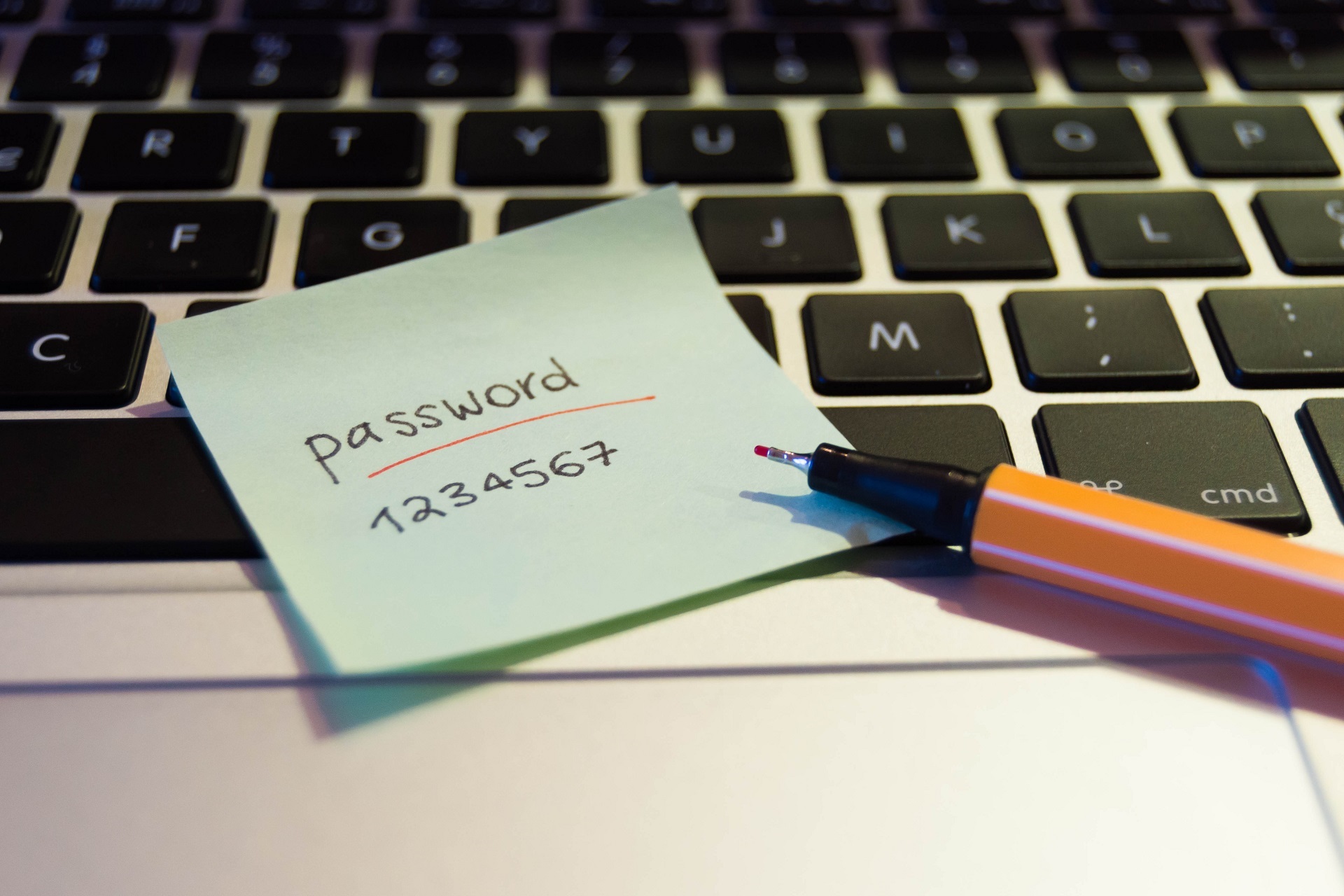Remember those days when your passwords weren’t so complicated? Nowadays, whenever you are required to create a password, you need to ensure that it contains a lowercase letter, an uppercase letter, a number, a special character and…what’s next, characters from Tolkien’s Elvish language?
When the internet began, nobody predicted how essential and ubiquitous it would become in a few decades. Similarly, nobody anticipated that people would misuse this technology and the information available on the internet. With the increase in the internet’s popularity, more and more of our day-to-day activities have shifted to the online sphere, signaling the need to amp up security to ward off miscreants. And thus, the need for strong passwords was born.
Putting together our email accounts, social media accounts, banking accounts and numerous other platforms that require a password to sign up, each of us would have to remember a minimum of 10 passwords. If you are one of those people who re-use the same password for multiple accounts, be warned, you are giving hackers easy access to your entire digital life by doing so. So, how does one go about creating a password that is strong and easy to remember at the same time? Read on to find out!
Forget password, create a passphrase: We all know that we are advised to mix uppercase letters, lowercase letters and symbols in our password to make it harder for a cyber crook to crack our password. Longer passwords are just as difficult to crack. Instead of a pass‘word’, a pass‘phrase’ can ensure the necessary length that can assure your online safety. The passphrase can be anything from the first line of your favorite song, a quote you love or even something unique that your grandma used to say! For example, if you are a big fan of Guns N’ Roses, your passphrase could be SweetChild0Mine.
Swap letters and numbers wherever you can: Replacing all your o’s with zeroes, e’s with threes, and i’s with ones is a good way to get the perfect mix of letter and numbers in your passphrase without having to add additional numbers just because you have to.
Mix a number and a word together: Let’s imagine that the word ‘Money’ and the number ‘5639’ are special to you and you want your password to be a combination of those two. Your instinct would be to combine it as ‘Money5639’. Instead, interchange the letters and numbers so that your password looks like this: ‘M5o6n3e9y’. Throw in a symbol that you fancy and you have a secure password at hand that you can easily remember.
Use a password manager: There are numerous services out there that can store your passwords. Some even generate passwords for you! However, it is always better to create a password that means something to you by employing the above-mentioned techniques. A password manager can be used to just store all your passwords so that you are forced to remember only the master password which will unlock all the rest of your passwords.
If you feel that creating a strong and memorable password is too much of a hassle, worry not, you might not have to do this for long. The future is most likely to favor Touch IDs and bio-metric authentication, and passwords could become obsolete in just a few years. But until that happens, follow Clifford Stoll’s mantra, “Treat your password like your toothbrush. Don’t let anybody else use it, and get a new one every six months.”

















































